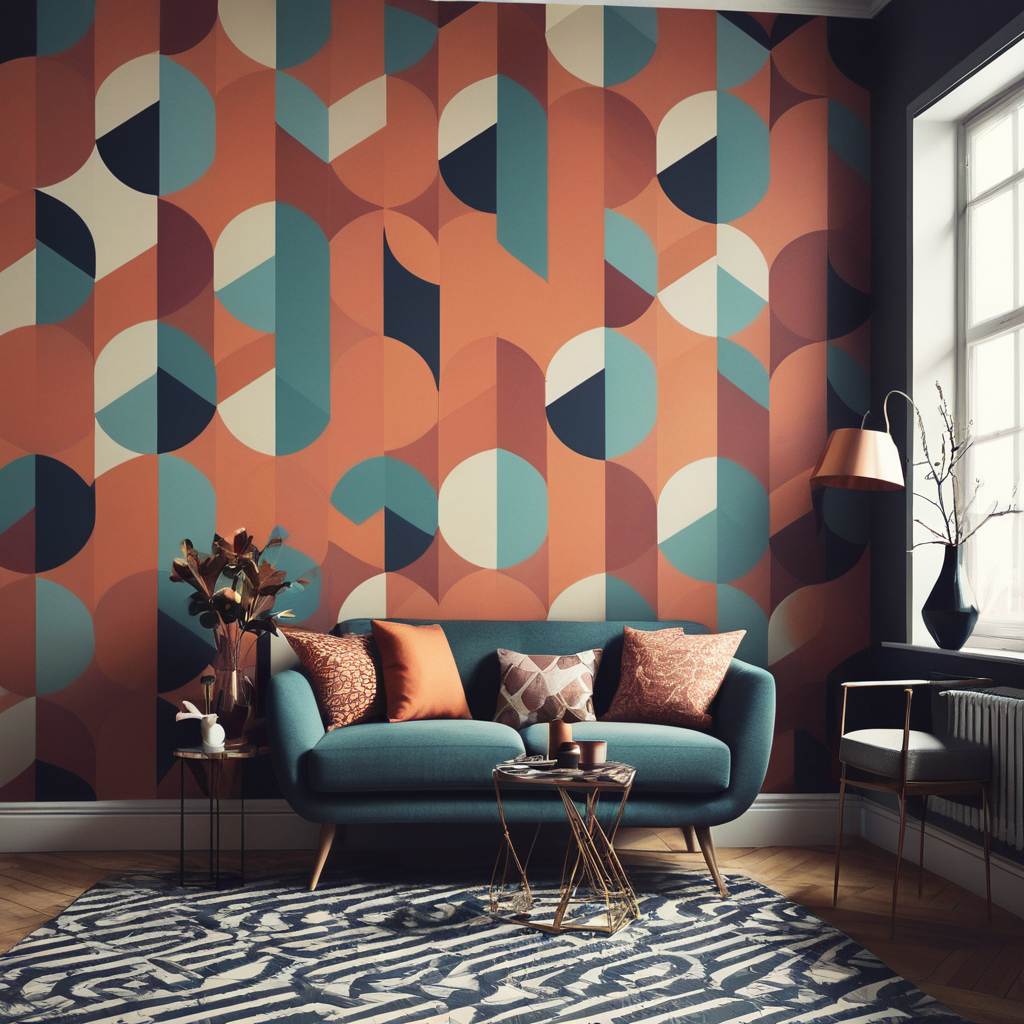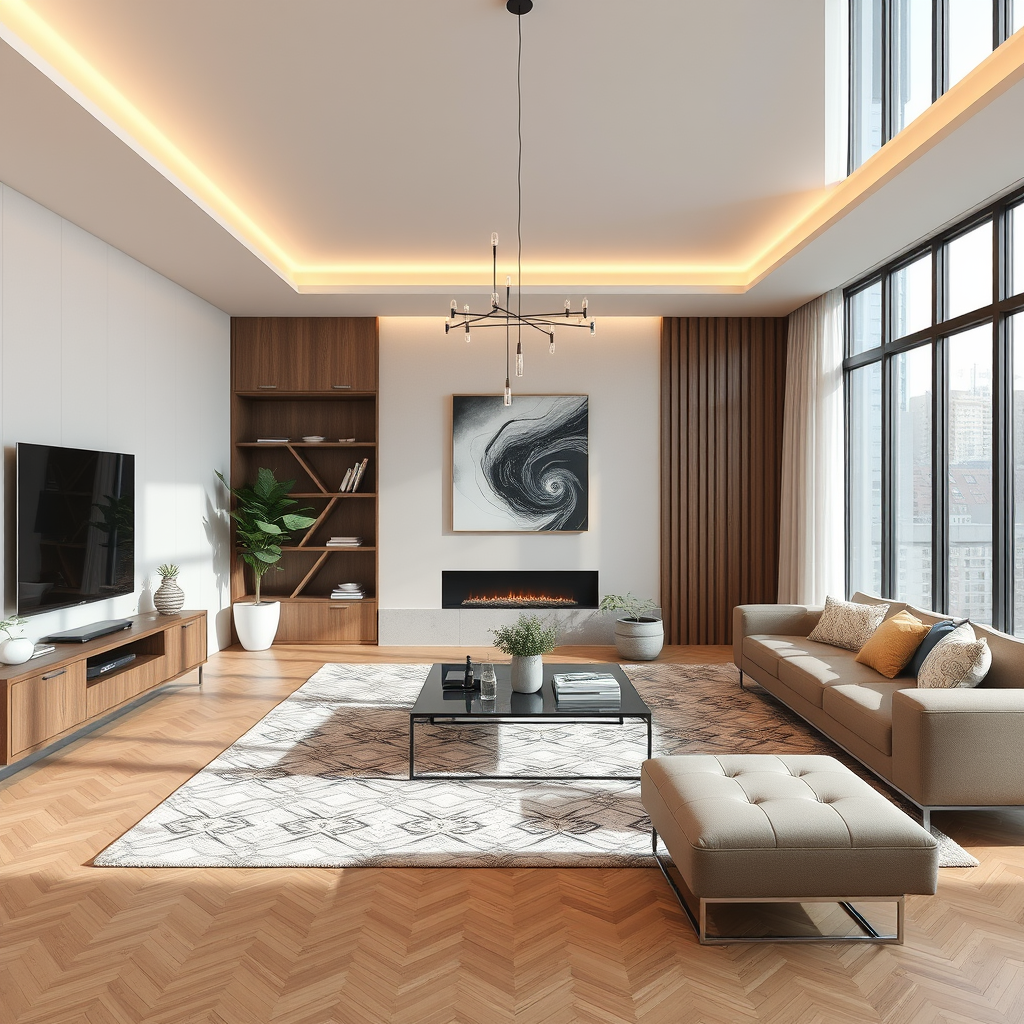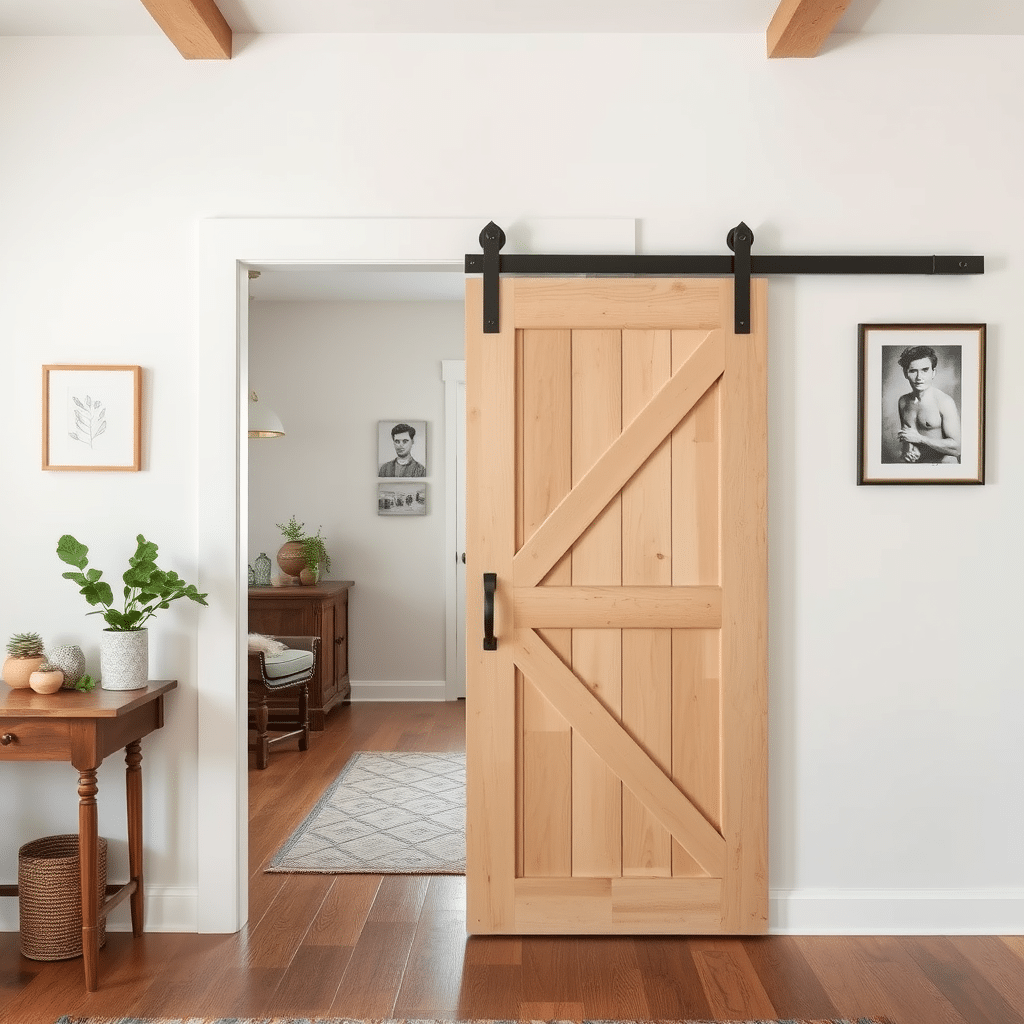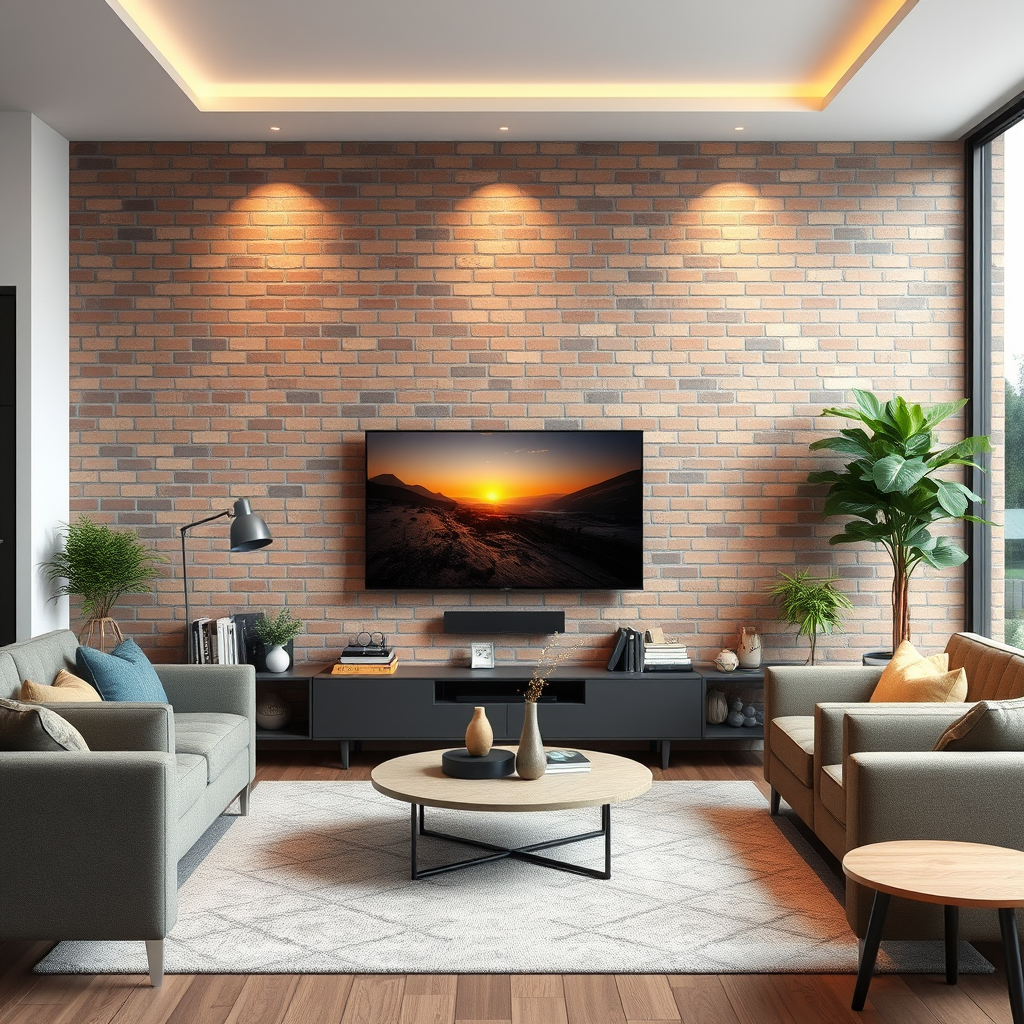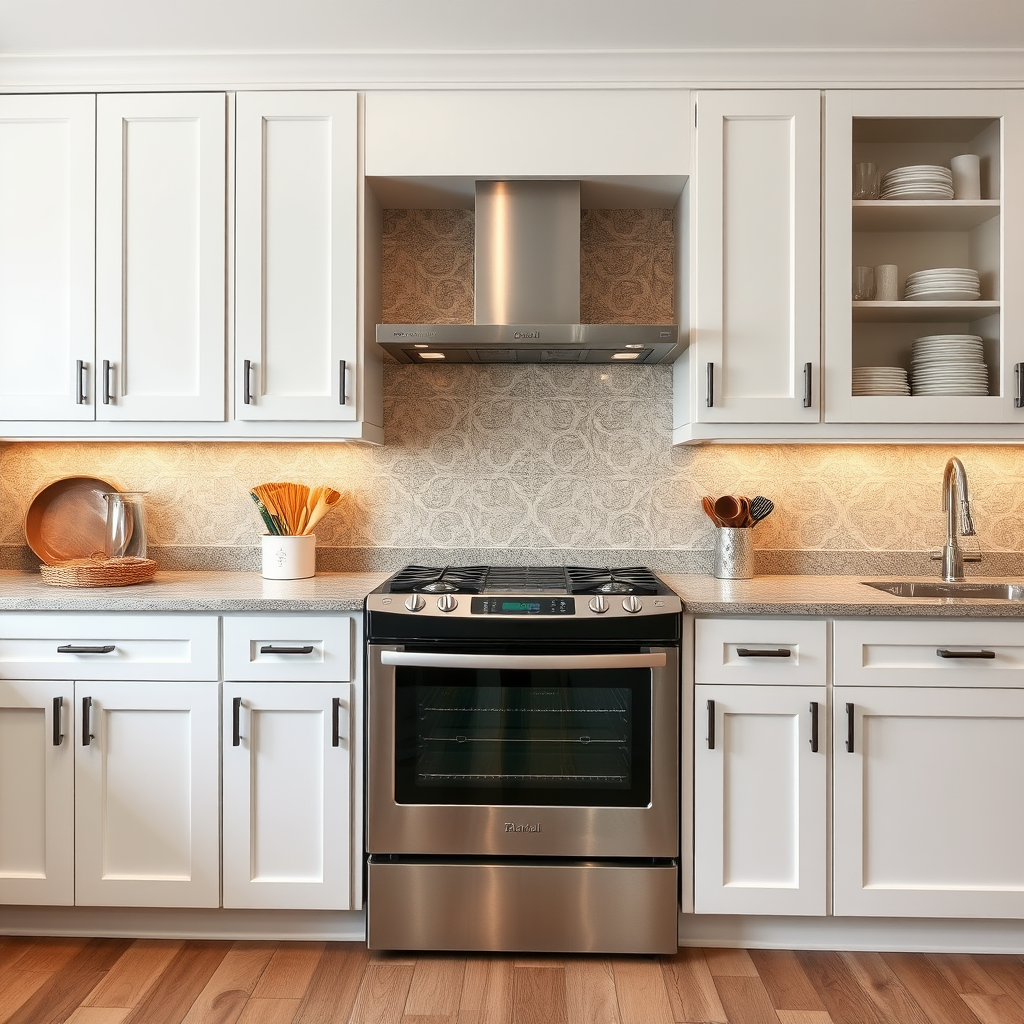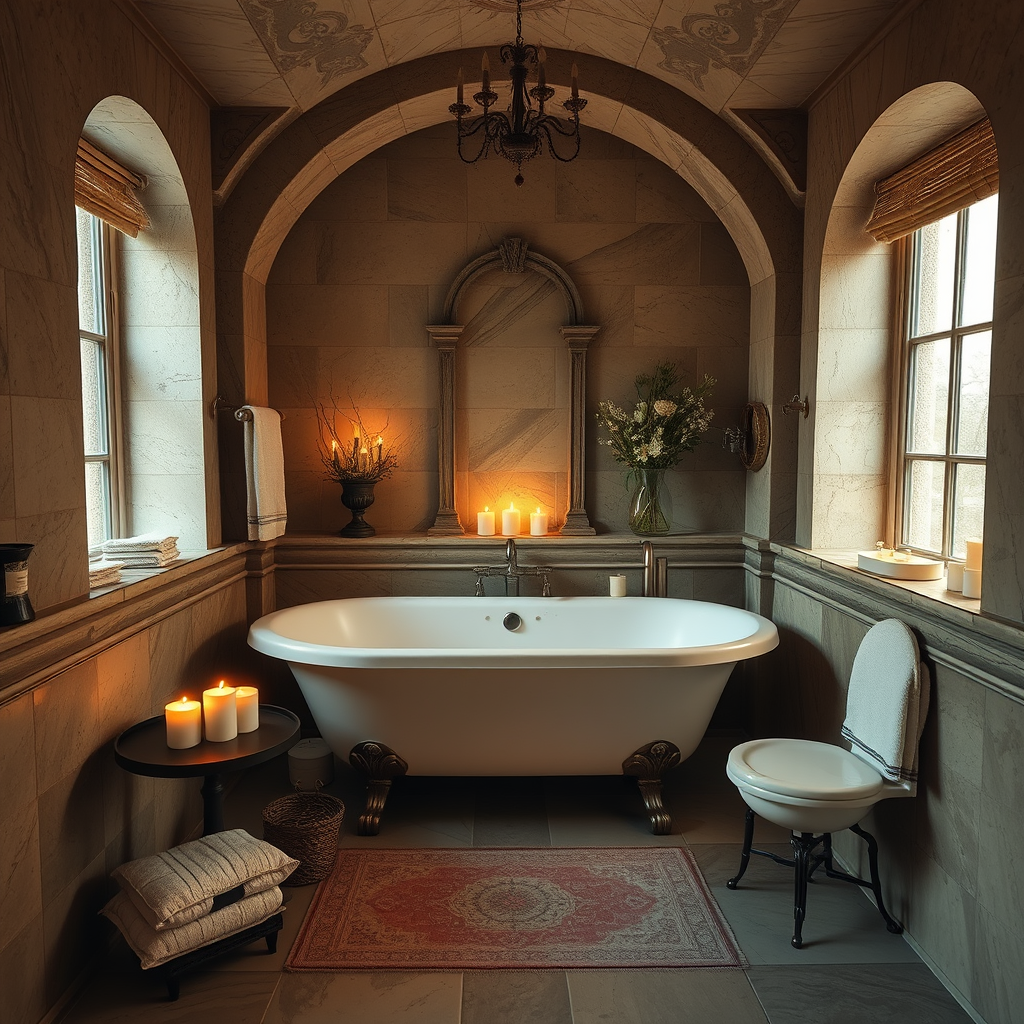In the realm of interior design, wallpapers have emerged as a versatile and dynamic tool for transforming spaces. No longer confined to traditional floral patterns or repetitive motifs, modern wallpapers offer a plethora of options to suit various tastes and design preferences. From bold statements to subtle accents, the use of wallpapers can significantly enhance the aesthetics and ambiance of any room. Let’s delve into some key aspects of using wallpapers in interior design and explore current trends shaping this creative landscape.
1. **Enhancing Visual Appeal**: Wallpapers serve as an effective means of adding visual interest to a room. Whether opting for intricate designs, geometric patterns, or textured finishes, wallpapers can create focal points and elevate the overall aesthetic appeal of a space. They offer endless possibilities for expressing personal style and complementing existing décor elements.
2. **Creating Illusions of Space**: One of the most remarkable aspects of wallpapers is their ability to manipulate perception. Strategically chosen designs, such as vertical stripes or panoramic scenes, can create an illusion of height or depth, making small rooms appear larger and more expansive. This aspect makes wallpapers an invaluable tool for interior designers working with limited space.
3. **Setting the Mood**: The selection of wallpapers can profoundly influence the mood and ambiance of a room. Vibrant colors and bold patterns inject energy and vitality, ideal for spaces like living rooms or entertainment areas. Conversely, soft hues and delicate motifs evoke a sense of tranquility, making them perfect for bedrooms or relaxation zones. By carefully curating wallpapers, designers can evoke specific emotions and enhance the overall atmosphere of a room.
4. **Adding Texture and Dimension**: Beyond visual appeal, wallpapers offer tactile sensations that add depth and character to interiors. Textured wallpapers, such as embossed patterns or faux finishes like brick or wood, introduce an element of tactile interest, enriching the sensory experience of a space. This aspect adds a layer of sophistication and complexity to interior design schemes.
5. **Flexibility and Adaptability**: Unlike permanent wall treatments, wallpapers provide a flexible and easily changeable design solution. With the growing popularity of removable and peel-and-stick wallpapers, homeowners can experiment with different styles and trends without the commitment of traditional wall coverings. This versatility allows for effortless updates and transitions, catering to evolving tastes and preferences.
6. **Incorporating Eco-Friendly Options**: As sustainability continues to shape design practices, eco-friendly wallpapers have gained traction in the industry. Made from recycled materials, natural fibers, or low-VOC (volatile organic compound) inks, these wallpapers offer an environmentally conscious alternative without compromising on style or quality. Incorporating sustainable wallpapers aligns with the ethos of responsible design and contributes to creating healthier indoor environments.
7. **Embracing Current Trends**: The world of wallpaper design is constantly evolving, influenced by prevailing trends in art, fashion, and technology. Current trends include maximalist patterns, botanical motifs, metallic accents, and vintage-inspired designs. Additionally, custom and bespoke wallpapers have gained popularity, allowing for personalized creations tailored to individual preferences and design visions.

